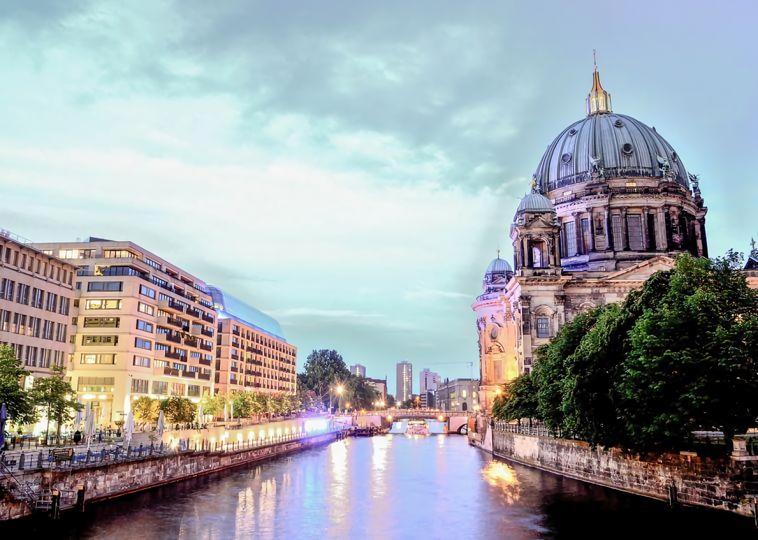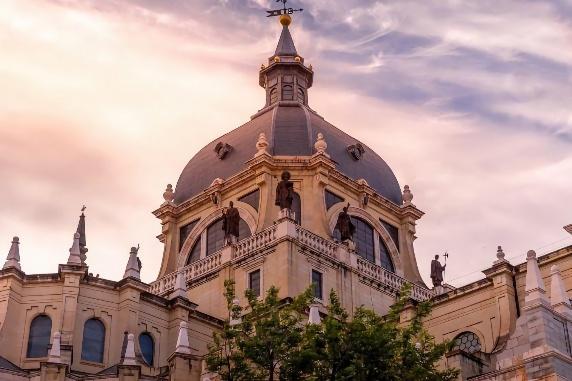6 Must-see Attractions in Berlin: Discover Germany's Exciting Capital

Contents [hide]
Berlin, Germany’s vibrant capital, uniquely blends historical landmarks and modern attractions. Whether you’re exploring Berlin’s rich history or bustling nightlife, this city has something for every traveler. Berlin is an old city with a young heart, one of Europe’s most exciting, diverse, and dynamic cities.
Known for its blend of beautiful architecture from various eras, Berlin is a city brimming with life. Despite significant destruction during World War II, Berlin has been meticulously rebuilt, preserving its historical essence while embracing modernity.
Explore the Iconic Brandenburg Gate

The Brandenburg Gate is Germany’s and Europe’s symbol of unity and peace. It is one of the most famous monuments of Berlin, as it used to be a dividing point between the West and the East. The gate hosted many historical events, including 1987, when US President Ronald Reagan addressed Gorbachev during the Cold War.
Two years later, on December 22, 1989, the gate was opened to the public and united West and East Berlin. More than 100,000 people came that day, and as visitor numbers grew, the Brandenburg Gate was severely damaged.
Potsdamer Platz

In the 1920s, Potsdamer Platz was the busiest square in Europe, but it was destroyed in the Second World War and divided by the Berlin Wall. After German reunification, it became Europe’s largest construction site, transforming into a showpiece of the new Berlin with modern architecture and offices.
One of the essential activities in Berlin is visiting Potsdamer Platz. The square was opened and rebuilt after German reunification, and today, it houses many famous restaurants, shopping malls, cinemas, theaters, and beautiful architecture. The view from up there is impressive, as you can see the entire skyline of Berlin.
Reichstag Building

The seat of the German Bundestag is one of Berlin’s most historic landmarks. It now has a new dome and attracts some of the biggest crowds in Berlin. The Reichstag building is a historic landmark of the government in Berlin. It is the second most visited place in Berlin and attracts around 3 million people annually.
The Reichstag was opened in 1894 and housed until 1933 the Reichstag of the German Reich. When it was completed in 1999, it again became where the German Bundestag met. The dome is glass; visitors can see the parliament chambers from there. It symbolizes that people are above the government, and therefore, it is open to the public.
Discover Museum Island: A Cultural Treasure

The first Museum of Museum Island was the Old Museum. It was opened in 1830 and celebrated the art of the Age of Enlightenment and similar educational ideals. After 30 years, the New Museum was opened. Its official name is the Royal Prussian Museum. These three were the first museum islands that adopted this name in the late 1870s.
The Bode Museum was opened in 1904, followed in 1930 by the Pergamon Museum. The island was severely damaged during the war, and the New Museum was destroyed. However, it was not until 1999 that the Executive Board of the Prussian Cultural Heritage Foundation drew up a comprehensive rehabilitation plan specifically for the Neues Museum.
Experience Modern Berlin at the TV Tower

The Berlin Television Tower is a must among Berlin’s tourist attractions. At 368 meters high, it is Berlin’s most visible landmark and offers breathtaking views of the city and beyond. The Television tower was built in GDR times in just four years to demonstrate the efficiency of communism.
This long and fascinating history makes it an even more attractive sight, and it is today the landmark of Berlin nationally and internationally. To avoid the extreme crowds and waiting times, we recommend waking up bright and early for a great breakfast with a view.
Enjoy the Bustling Nightlife in Kreuzberg

Kreuzberg is the epicenter of Berlin’s vibrant nightlife, a district pulsating energy and diversity. This area is a haven for night owls, packed with trendy bars, eclectic clubs, and live music venues that cater to every taste. Kreuzberg has it all, whether you’re a techno enthusiast, a jazz lover, or someone seeking a quiet pub to unwind.
In Kreuzberg, you can dance the night away to the hypnotic techno beats in a converted warehouse, a nod to Berlin’s underground club scene. Clubs like Berghain and Watergate are legendary, drawing in visitors from around the globe eager to experience the unparalleled atmosphere of Berlin’s nightlife.
For those who prefer a more laid-back evening, Kreuzberg’s jazz bars provide an intimate setting to enjoy live performances by talented musicians. If a quiet pub is more your style, Kreuzberg doesn’t disappoint. But Kreuzberg is not just about nightlife. Berlin is more than just a city; it’s an experience.


